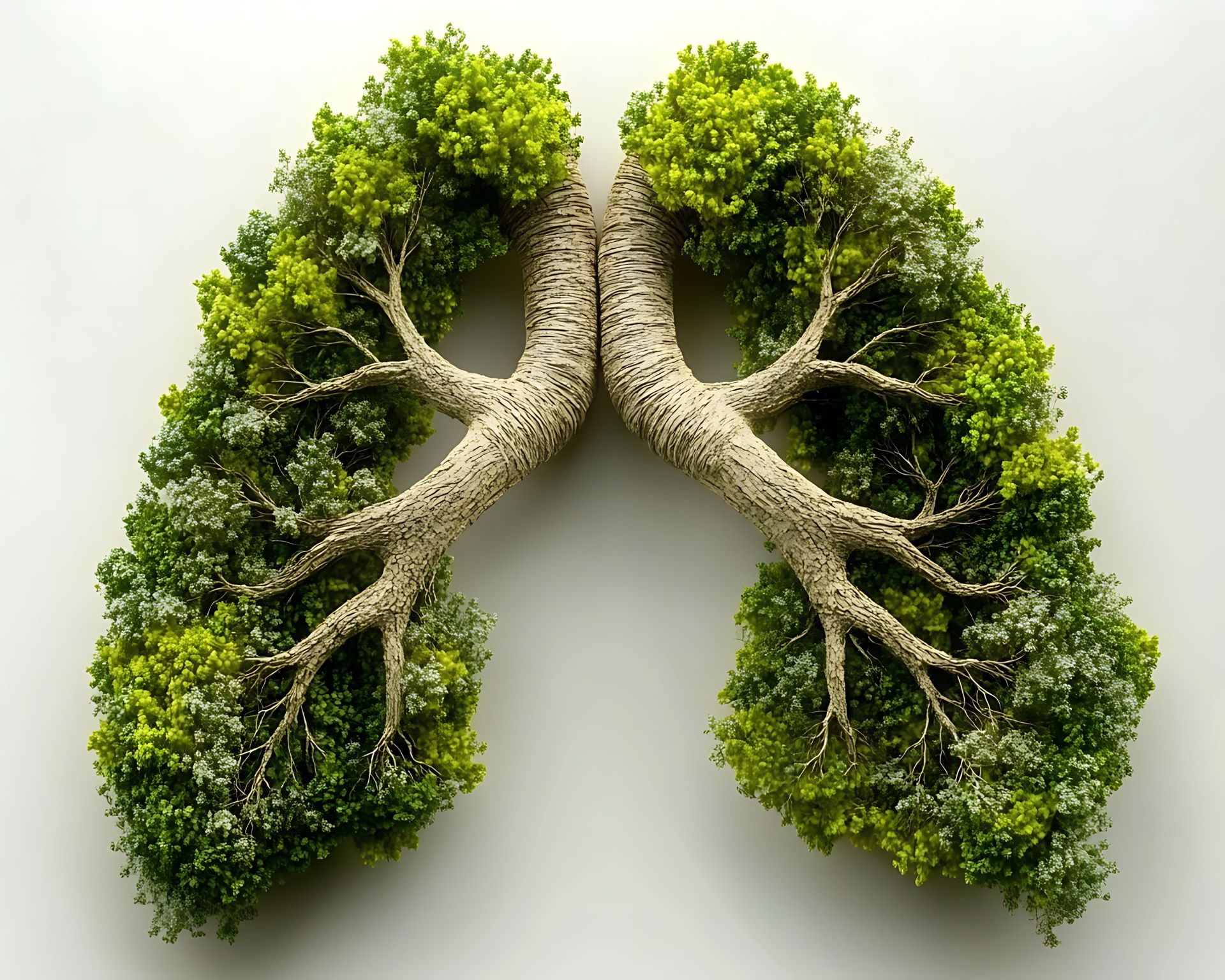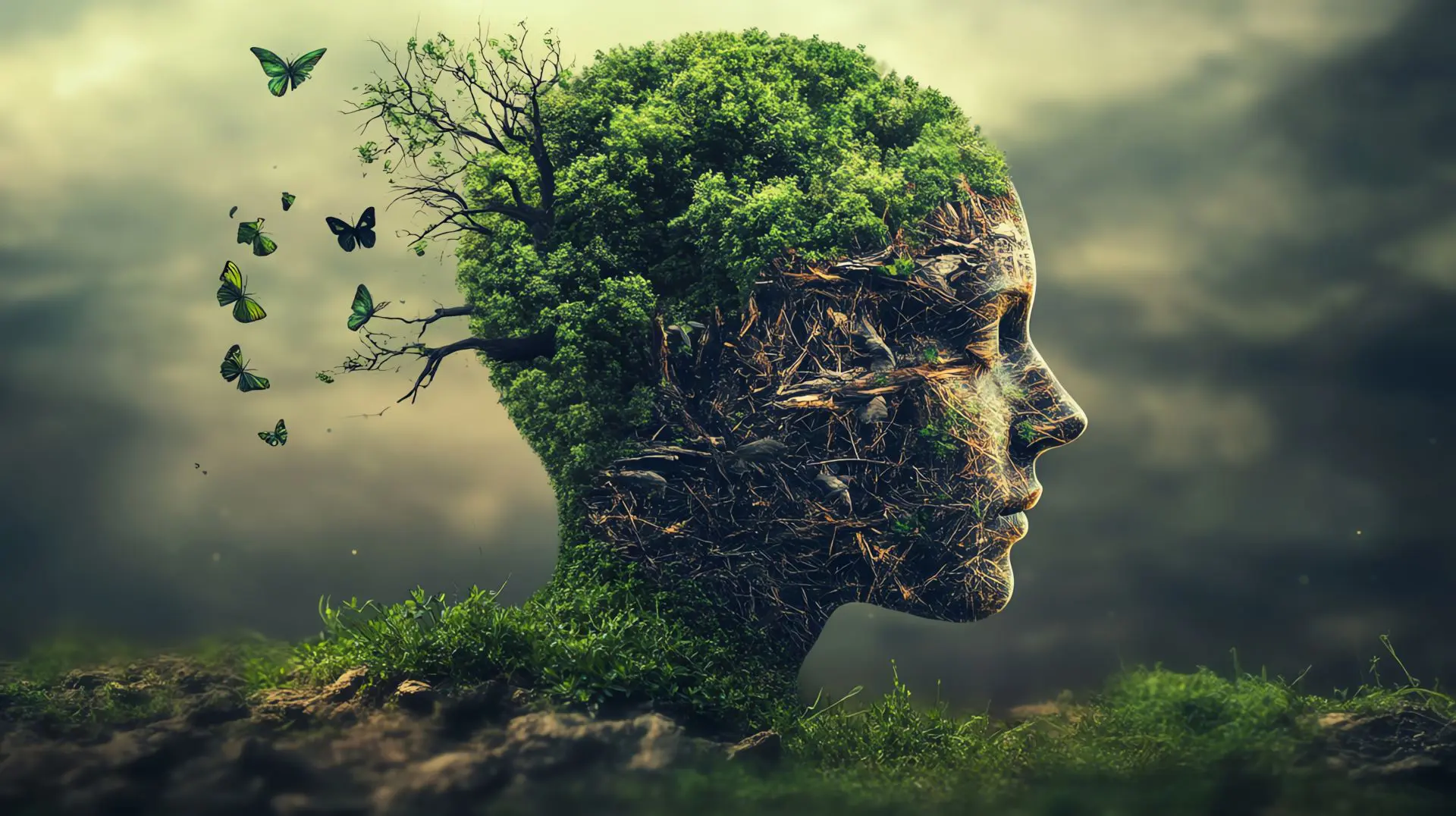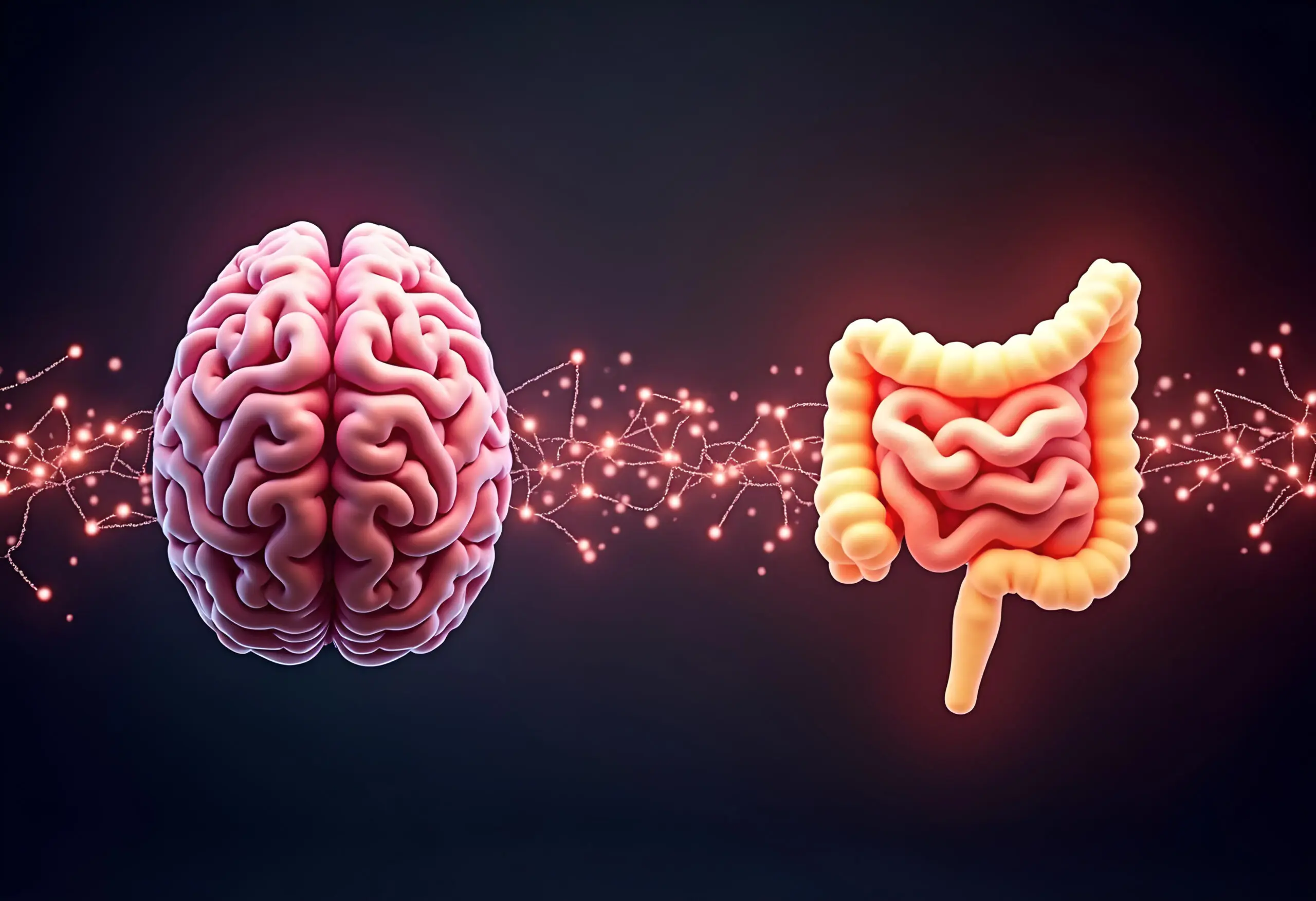
Is Psilocybin Safe?
Learn about the potential risks and benefits of psilocybin, and how to use it safely and responsibly. As psychedelic retreats become increasingly popular, it’s crucial to understand more about psilocybin safety– especially if you’re interested in experiencing a retreat yourself.
Long before psilocybin came to retreat centers and scientific studies, it sprouted from the lush green of the Caribbean and the hills of Mexico as naturally as flowers or ferns. But is psilocybin—the psychedelic compound found in magic mushrooms—actually safe? After all, poisonous mushrooms are as natural as the rain, too, and they can be paralyzing, nauseating, or deadly. What do we really know about psilocybin mushrooms?
Emerging research on psilocybin
For more than 50 years, the War on Drugs classified psilocybin mushrooms as drugs of abuse. According to the DEA, “there is a lack of accepted safety” for magic mushrooms, even under medical supervision. Researching the possible positive effects of psilocybin was impossible because the government outlawed research.
Yet, over the past two decades, a renaissance in psychedelic and consciousness research has found many psychedelic drugs, including magic mushrooms, unfairly maligned. Consequently, the need to fully understand psilocybin safety has become more important than ever. Universities and hospitals have been researching the positive and negative consequences of magic mushrooms. Typically participants are in a research room with observers, asked to lie down, put on an eye mask with a background of calming music, ingest a single dose of dried mushrooms, and watch their world change. In these careful studies, researchers have found psilocybin can have enduring positive effects, especially when used with supportive people in a safe environment. The War on Drugs got mushrooms wrong.
Psilocybin and mental health issues like major depressive disorder
This new flowering of psychedelic science has yielded remarkable results. Prestigious journals—from Jama Psychiatry to Nature—have astonished readers with studies showing psilocybin-assisted therapy treats a long list of common mental health issues, including major depressive disorder, alcohol dependence, and anxiety. Treatment resistant depression is perhaps the most common indication for psilocybin-assisted treatment, leading many to recognize its therapeutic properties over its risks. “Under carefully controlled conditions, [psilocybin-assisted psychotherapy] is a promising therapeutic approach that can lead to significant and durable improvements in depression,” a study from the Johns Hopkins University School of Medicine reported.
Magic mushrooms proven to be generally safe
University studies and clinical trials from prestigious institutions, including the Heffter Research Institute and the Usona Institute, confirm psilocybin’s general safety. For example, a randomized controlled trial from Johns Hopkins University School of Medicine is typical: it found “no serious adverse events judged to be related to psilocybin in the long-term follow-up period.” In another paper, independent researchers reviewed reports from fifty clinical trials of psilocybin; none of those studies reported psilocybin to be unsafe. After decades studying the drug, Johns Hopkins researchers suggested that the DEA should re-categorize psilocybin from a schedule I drug—like heroin and meth—to schedule IV, down with prescription sleep aids. This would help recontextualize psilocybin safety entirely, taking it from taboo to legitimate medicine.
The evidence of safety accumulates. A famous chart published in The Lancet calculates the harm of drug use, both to the user and to those around them. On the dangerous end of the chart are the so-called “hard” illegal drugs such as crack, meth, heroin and alcohol. (Excessive alcohol use is associated with 14,000 deaths a year in the U.S., according to the CDC.) Mushrooms are the safest drug listed on the chart, lending them to even more societal acceptance of psilocybin safety. The reasons? Mushrooms have a low abuse potential, cause no harm to others, and harm users very little, according to The Lancet study. Physically, psilocybin is mostly benign. Psilocybin doesn’t scar your liver like alcohol, lead to physical dependence like cocaine, or damage your lungs like smoked tobacco. In their long history, psilocybin-containing mushrooms on their own have never been shown to have caused death.
Surveys of real-world users show that, of all the people taking magic mushrooms in all kinds of places—at concerts, on camping trips, in cities, and elsewhere—only a vanishing small number ended up needing medical attention. The majority of those cases were reported after self-administration, not in retreat settings or medical trials for depression. “The incidence of risky behavior or enduring psychological distress is extremely low when psilocybin is given … to screened, prepared, and supported participants,” reported the study by the Johns Hopkins University School of Medicine.
Magic mushroom history
So, what is the history of psilocybin safety, and how did we get where we are now? The science behind magic mushrooms’ safety piles on top of thousands of years of anecdotes about psilocybin’s safe use. Humans painted pictures of magic mushrooms on rock walls perhaps as early as 11,000 years ago. Tribes, including the Mixtecs of Mexico, were using mushrooms in ceremonies when the Spanish arrived in the Americas in the 1500s. In those days, a Spanish vicar found Indigenous people ingesting psilocybin mushrooms as a way to revere their gods and spirits, and to “see visions” that were “sometimes frightening and sometimes humorous” and “feel a fluttering of the heart,” according to the vicar. For Indigenous Mexicans, taking magic mushrooms was not seen as dangerous. Maria Sabina, a well-known healer, called magic mushrooms “little saints” or “holy children.” Mazatecs believed psilocybin enhanced wellness, providing “the ability to both diagnose and cure disease.”1 Many tribes, including the Mazatecs, continue to use mushrooms in their ceremonies. Historically, this makes journeys like modern psychedelic retreats feel even more in line with the practices of our ancestors– meaning that the risks and benefits of psychedelic retreats can be discussed from not only a medical standpoint, but from an anthropological space as well.
Risks of magic mushrooms
Is psilocybin safe from a physiological standpoint? Psilocybin can induce temporary increases in heart rate and blood pressure. Vision blurs and auditory hallucinations can occur. One can lose track of time and space. Without a sitter, users may be at risk of injury by falling or bumping into things.
“Bad trips” happen. Yet, counterintuitively, a “bad trip” can serve a purpose. In the Johns Hopkins survey mentioned above, 84 percent of people who reported “bad trips” ended up benefitting. Many said the “bad trips” ended up being personally meaningful or spiritually significant, and increased their well-being or life satisfaction.
Serious adverse events are extremely rare, yet they do happen. In a clinical trial by the psychedelic research company Compass Pathways on medical psilocybin for depression, three people out of 233 reported an increase in suicidal ideation. A very small percentage of people, typically after using psilocybin-containing mushrooms in uncontrolled settings, can experience psychosis, which is sometimes treated with hospitalization or powerful sedatives. Psilocybin interacts badly with lithium, a drug typically given for bipolar disorder. It’s important to be screened for suitability for any contraindicated conditions or medications by a medical professional.
The importance of preparation and integration
Researchers generally find a connection between safe psychedelic use and mental health. Both preparation (pre-journey) and integration (post-journey) are important to make using magic mushrooms safe and productive. Preparation should include: preparing the body and mind for the journey; skill-building for managing challenging moments of the journey; setting intentions; building rapport and trust with guides/sitters/facilitators; and having a support plan in place.
Many psychedelic users report an “afterglow effect,” a feeling of wellbeing, calm and openness after a journey. But it’s not always easy to integrate the unusual hallucinogenic effects, sounds and feelings of a psilocybin journey into everyday life. Using the right resources and having the right conversations can help the psilocybin afterglow feel its best, and make your overall comedown feel even more constructive. Having professional support, a friend to talk to, and/or a community that understands—can be a wonderful help. Ongoing relationships are a good idea, whether that’s with a therapist, doctor, friend, family member. The Mazatecs and Mixtecs of Mexico typically use magic mushrooms in groups, often with family members, in a community that understands mushrooms and wraps a layer of trust and safety around the journeyer. A study suggests users should journal, meditate, create art, and dance to try to bring the insights of the experience into their bodies, and surround themselves with people they feel safe around.
Footnotes
1. Beckley Retreats does not diagnose medical conditions nor offer medical treatment. The information in this blog post is not intended or implied to be medical advice. Please consult a qualified medical professional about any questions or concerns you may have.


